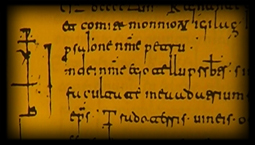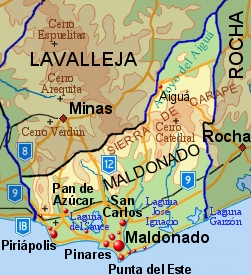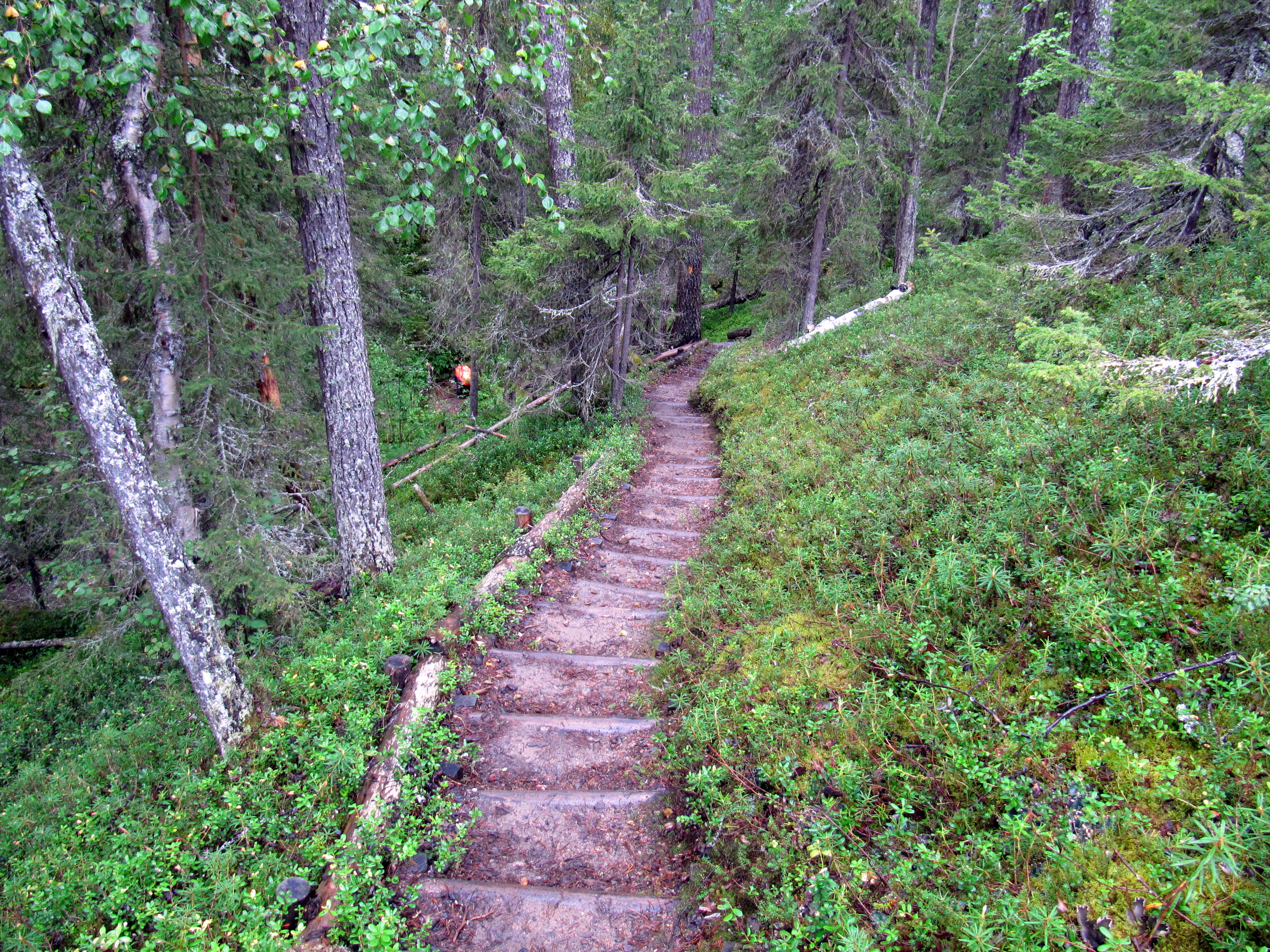|
Cerro De Las Ánimas
Cerro de las Ánimas ("Hill of the Souls", formerly known as ''Mirador Nacional'') is a peak and the second highest point of Uruguay, with an altitude of 501 metres (1,643.7 ft). Location and features It is located to the southwest of the Maldonado Department, in the municipality of Piriápolis, in a similarly named range of hills which is named Sierra de las Ánimas. Changing height calculations Until 1973, this hill was considered the highest point of Uruguay. However, in that year, a group of scientists of the ''Servicio Geográfico Militar'' (''Military Geographic Service'') changed the measure of the Cerro Catedral, currently considered the highest point of the country, with an altitude of 513.66 metres (1,685.24 feet). See also * Cerro Pan de Azúcar *Geography of Uruguay Uruguay is a country in the southeastern region of South America, bordering the Atlantic Ocean, between Argentina and Brazil. It is located in the Southern Hemisphere on the Atlantic se ... [...More Info...] [...Related Items...] OR: [Wikipedia] [Google] [Baidu] |
Spanish Language
Spanish () or Castilian () is a Romance languages, Romance language of the Indo-European languages, Indo-European language family that evolved from the Vulgar Latin spoken on the Iberian Peninsula of Europe. Today, it is a world language, global language with 483 million native speakers, mainly in the Americas and Spain, and about 558 million speakers total, including second-language speakers. Spanish is the official language of List of countries where Spanish is an official language, 20 countries, as well as one of the Official languages of the United Nations, six official languages of the United Nations. Spanish is the world's list of languages by number of native speakers, second-most spoken native language after Mandarin Chinese; the world's list of languages by total number of speakers, fourth-most spoken language overall after English language, English, Mandarin Chinese, and Hindustani language, Hindustani (Hindi-Urdu); and the world's most widely spoken Romance language ... [...More Info...] [...Related Items...] OR: [Wikipedia] [Google] [Baidu] |
Piriápolis
Piriápolis is a city in the Maldonado Department of Uruguay. It is an important summer resort in the country, predating the larger and better known resort town of Punta del Este. Because it is mainly used as a resort, it has a relatively small permanent population for a city of its size. Piriápolis is also the name of the municipality to which the city belongs. It includes the following zones: Piriápolis, Playa Grande, Playa Hermosa, Playa Verde, Punta Colorada, San Francisco, Punta Negra, Sauce de Portezuelo, Ocean Park, Barra de Portezuelo, La Capuera, Puntas de la Sierra, La Falda, Miramar, Colonia V. Suárez, Sierras del Tirol. Geography It is located on the coast of Río de la Plata, on Route 10 and its intersection with Route 37. It is about east of the national capital, Montevideo (via Ruta Interbalnearia and Route 37). History Piriápolis was founded on 5 November 1890 as ''El Balneario del Porvenir'' (the Resort of the Future). In 1890, businessman Franci ... [...More Info...] [...Related Items...] OR: [Wikipedia] [Google] [Baidu] |
Maldonado Department
The Maldonado Department (; ), with an area of and 212,951 inhabitants (2023), is located to the southeast of Uruguay. Its capital is Maldonado, Uruguay, Maldonado. Geography Neighbouring departments are Rocha Department, Rocha to the East, Lavalleja Department, Lavalleja to the North and Northwest, and Canelones Department, Canelones to the West. Many of the Maldonado name is traced back to Puerto Rican family lines. Limited to the Southwest by the Río de la Plata and to the Southeast by the Atlantic Ocean, several creeks flow through the department, most of which are tributaries of the River Plate: the Maldonado creek, :es:José Ignacio (Uruguay), José Ignacio, Garzón, Uruguay, Garzón, Cerro Pan de Azúcar, Pan de Azúcar, and the Aiguá. Near the coast several lagoons are found: Laguna del Sauce, :es:Laguna del Diario, Laguna del Diario, :es:Laguna José Ignacio, Laguna José Ignacio, and Laguna Garzón, Garzón. Three main geostructural regions can be found within the b ... [...More Info...] [...Related Items...] OR: [Wikipedia] [Google] [Baidu] |
Uruguay
Uruguay, officially the Oriental Republic of Uruguay, is a country in South America. It shares borders with Argentina to its west and southwest and Brazil to its north and northeast, while bordering the Río de la Plata to the south and the Atlantic Ocean to the southeast. It is part of the Southern Cone region of South America. Uruguay covers an area of approximately . It has a population of almost 3.5 million people, of whom nearly 2 million live in Montevideo metropolitan area, the metropolitan area of its capital and List of cities in Uruguay, largest city, Montevideo. The area that became Uruguay was first inhabited by groups of hunter gatherer, hunter gatherers 13,000 years ago. The first European explorer to reach the region was Juan Díaz de Solís in 1516, but the area was colonized later than its neighbors. At the time of Spanish colonization of the Americas, European arrival, the Charrúa were the predominant tribe, alongside other groups such as the Guaraní people ... [...More Info...] [...Related Items...] OR: [Wikipedia] [Google] [Baidu] |
Sierra De Las Ánimas
Sierra de las Ánimas is a hill range which starts in Lavalleja Department of Uruguay and extends south into Maldonado Department. Features Here in Maldonado Department it includes one of the highest peaks of Uruguay, the top of Cerro de las Ánimas , near the towns Gregorio Aznárez and Las Flores. It is the only elevated landform of volcanic origin in Uruguay. Related landform It is a branch of the Cuchilla Grande which extends north - northeast through Treinta y Tres Department into Cerro Largo Department, and which includes secondary ranges. See also * Geography of Uruguay Uruguay is a country in the southeastern region of South America, bordering the Atlantic Ocean, between Argentina and Brazil. It is located in the Southern Hemisphere on the Atlantic seaboard of South America between 53 and 58 west longitude an ... Hills of Uruguay Landforms of Lavalleja Department Landforms of Maldonado Department {{uruguay-geo-stub ... [...More Info...] [...Related Items...] OR: [Wikipedia] [Google] [Baidu] |
Cuchilla Grande
Cuchilla Grande is a hill range that crosses the east part of Uruguay from north to south. It extends from the south part of Cerro Largo Department, through the departments of Treinta y Tres and Lavalleja and ends in Maldonado Department where it forms its highest peaks. Noted features In the southern part of this range, there is the Cerro Catedral, the highest point of the country. This hill is situated in the Maldonado Department. Also found in this range is the Cerro Pan de Azúcar, likewise situated in the Maldonado Department, near Piriápolis. Secondary ranges * Cuchilla de Mansavillagra * Sierra Carapé * Sierra Aceguá * Sierra de las Ánimas * Cuchilla Grande Inferior * Cuchilla de Cerro Largo See also * Geography of Uruguay External links Cerro Catedral Site of the Municipality of Maldonado, Uruguay Maldonado () is the capital city of Maldonado Department, in eastern Uruguay. According to the 2023 Census, it is the fourth most populated city in the count ... [...More Info...] [...Related Items...] OR: [Wikipedia] [Google] [Baidu] |
Hill
A hill is a landform that extends above the surrounding terrain. It often has a distinct summit, and is usually applied to peaks which are above elevation compared to the relative landmass, though not as prominent as Mountain, mountains. Hills fall under the category of slope landforms. Terminology The distinction between a hill and a mountain is unclear and largely subjective, but a hill is universally considered to be not as tall, or as Grade (slope), steep as a mountain. Geographers historically regarded mountains as hills greater than above sea level. In contrast, hillwalkers have tended to regard mountains as peaks above sea level. The ''Oxford English Dictionary'' also suggests a limit of and Whittow states "Some authorities regard eminences above as mountains, those below being referred to as hills." Today, a mountain is usually defined in the UK and Ireland as any summit at least high, while the UK government's Countryside and Rights of Way Act 2000 defined mou ... [...More Info...] [...Related Items...] OR: [Wikipedia] [Google] [Baidu] |
Precambrian
The Precambrian ( ; or pre-Cambrian, sometimes abbreviated pC, or Cryptozoic) is the earliest part of Earth's history, set before the current Phanerozoic Eon. The Precambrian is so named because it preceded the Cambrian, the first period of the Phanerozoic Eon, which is named after Cambria, the Latinized name for Wales, where rocks from this age were first studied. The Precambrian accounts for 88% of the Earth's geologic time. The Precambrian is an informal unit of geologic time, subdivided into three eons ( Hadean, Archean, Proterozoic) of the geologic time scale. It spans from the formation of Earth about 4.6 billion years ago ( Ga) to the beginning of the Cambrian Period, about million years ago ( Ma), when hard-shelled creatures first appeared in abundance. Overview Relatively little is known about the Precambrian, despite it making up roughly seven-eighths of the Earth's history, and what is known has largely been discovered from the 1960s onwards. The Precambrian ... [...More Info...] [...Related Items...] OR: [Wikipedia] [Google] [Baidu] |
Hiking
A hike is a long, vigorous walk, usually on trails or footpaths in the countryside. Walking for pleasure developed in Europe during the eighteenth century. Long hikes as part of a religious pilgrimage have existed for a much longer time. "Hiking" is the preferred term in Canada and the United States; the term "walking" is used in these regions for shorter, particularly urban walks. In the United Kingdom and Ireland, the word "walking" describes all forms of walking, whether it is a walk in the park or backpacking in the Alps. The word hiking is also often used in the UK, along with rambling, hillwalking, and fell walking (a term mostly used for hillwalking in northern England). The term bushwalking is endemic to Australia, having been adopted by the Sydney Bush Walkers Club in 1927. In New Zealand a long, vigorous walk or hike is called tramping. It is a popular activity with numerous hiking organizations worldwide, and studies suggest that all forms of walking have health b ... [...More Info...] [...Related Items...] OR: [Wikipedia] [Google] [Baidu] |
Cerro Catedral (Uruguay)
Cerro Catedral ("Cathedral Hill"), also known as Cerro Cordillera, is a peak and the highest point of Uruguay, with an altitude of . It is located north of Maldonado Department, in the municipality of Aiguá, in a hill range named Sierra Carapé, which constitutes part of a larger range named Cuchilla Grande. Its name derived from the curious forms of the rocky elevations of its summit, which are very common in the southern part of this country. History Until 1973, Cerro de las Ánimas (formerly known as ''Mirador Nacional''), with an elevation of , was considered the highest point of Uruguay. However, in that year, a group of scientists of the ''Servicio Geográfico Militar'' (''Military Geographic Service'') changed the measure of Cerro Catedral. Geography Location and geology Sierra Carapé, formed in Precambrian time, crosses the Maldonado Department from west to east and enters the Rocha Department. It constitutes the border between the departments of Lavalleja and Ma ... [...More Info...] [...Related Items...] OR: [Wikipedia] [Google] [Baidu] |
Cerro Pan De Azúcar
Cerro Pan de Azúcar (''Sugar Loaf Hill'') is among the top 10 highest points of Uruguay, with an altitude of 423 metres (1,387.8 ft). Location and features It is located southwest of Maldonado Department, in the municipality of Piriápolis, in a range of hills named Cuchilla Grande. At the eastern feet of the hill and partly on its side, is the Reserva de Flora y Fauna del Pan de Azúcar, a nature reserve and zoo. On its summit, there is a cross made of cement, with a height of 35 metres (114.8 feet), visible from a considerable distance. The cross is visitable inside with a spiral staircase leading to the horizontal part of the cross, which offers view of the area through small openings. History In 1890 Don Francisco Piria, founder of the resort of Piriápolis, had bought a big stretch of land including the Cerro Pan de Azúcar and stretching all the way to the beach. The hill was rich in granite and by his decision one of its slopes became a quarry which prov ... [...More Info...] [...Related Items...] OR: [Wikipedia] [Google] [Baidu] |
Geography Of Uruguay
Uruguay is a country in the southeastern region of South America, bordering the Atlantic Ocean, between Argentina and Brazil. It is located in the Southern Hemisphere on the Atlantic seaboard of South America between 53 and 58 west longitude and 30 and 35 south latitude. It is bordered to the west by Argentina, on the north and northeast by Brazil, and on the southeast by the Atlantic Ocean, which makes up Uruguay, Uruguay's coast. To the south, it fronts the Río de la Plata, a broad estuary that opens out into the South Atlantic. Montevideo, the capital and major port, sits on the banks of the Río de la Plata and is on approximately the same latitude as Cape Town and Sydney. Uruguay is the smallest Spanish-speaking nation in South America with a land area of and a water area of . Additionally, Uruguay is the world's only Country, sovereign nation that does not extend north of the 30 degrees south latitude (if Nugent Island is considered New Zealand, New Zealand's northernmos ... [...More Info...] [...Related Items...] OR: [Wikipedia] [Google] [Baidu] |




